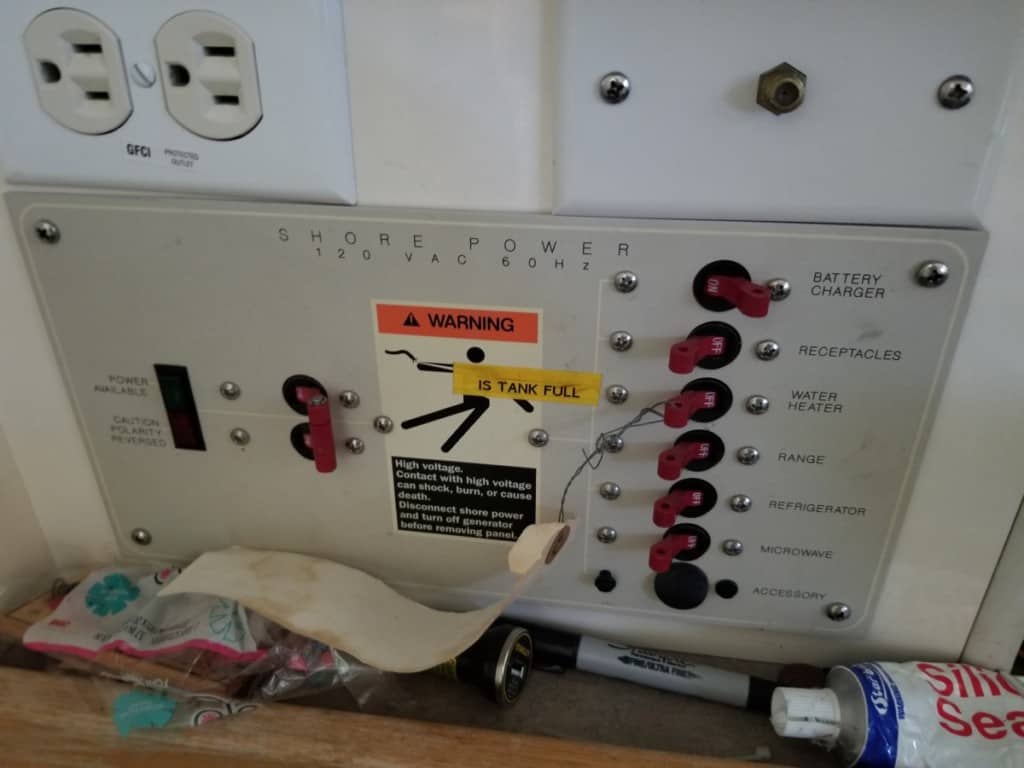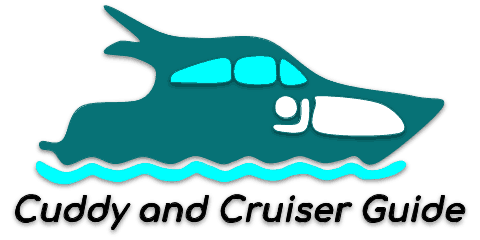Boat owners know that hot summer days on the water can be both a blessing and a curse. While it’s fantastic to enjoy the sunshine and warm breezes, the heat can make a boat’s cabin feel like an oven.
This is where having air conditioning on board can make a world of difference.
In this article, we’ll explore the various air conditioning options for boat cabins, diving into the differences between AC (alternating current) and DC (direct current) systems, installation considerations, and the pros and cons of each option.
AC vs. DC: Understanding the Basics
Before we delve into the specific options available, it’s crucial to understand the difference between AC and DC power. Alternating current (AC) is the type of electrical current found in most homes and buildings. It’s called “alternating” because the flow of electricity changes direction periodically. Direct current (DC), on the other hand, flows in one direction and is commonly found in batteries, including those used in boats.
Most portable air conditioners are designed for use in homes and buildings, so they typically use AC (alternating current) power. However, you may be able to find portable air conditioners (Amazon) designed specifically for boats that run on DC (direct current) power.
In a boat, you can power an AC air conditioner in one of the following ways:
- Shore power: When your boat is docked and connected to shore power, you can plug the air conditioner into an AC outlet onboard, just as you would at home. Your system may require 110v or 220v, depending on what you have installed.
- Inverter: If you’re not connected to shore power, you can use an inverter to convert your boat’s DC power supply (from batteries) into AC power. Make sure your inverter has enough capacity to handle the air conditioner’s power requirements, and ensure your boat’s battery bank and charging system can support the additional load. Take at least a 15% inefficiency factor into account for switching your DC power into AC power via the inverter and any heat loss in the process.
For a DC-powered air conditioner, you can connect it directly to your boat’s DC electrical system, without the need for an inverter. These units are less common and may be more expensive than their AC counterparts, but they can be more energy-efficient, making them an attractive option for boating enthusiasts.
It is essential to ensure your boat’s electrical system can handle the additional load of the air conditioner, regardless of whether it is an AC or DC-powered unit. If you’re not experienced with electrical systems, consult a marine electrician for assistance.

AC-Powered Air Conditioning Systems
AC-powered air conditioning systems are the most common type for boats, particularly when it comes to marine air conditioners. They are designed to run on shore power or can be powered by an onboard generator or inverter. Let’s take a closer look at some of the options within the AC category:
Marine Air Conditioners:
These units are specifically designed for boats and are built to withstand the marine environment. They come in various sizes and capacities and can be installed as a central system or as individual units for different areas of the cabin.
Pros:
- Designed for marine use
- Wide range of sizes and capacities
- Can be integrated into the boat’s existing electrical system
Cons:
- Can be expensive
- May require professional installation
- Dependent on shore power, generator, or inverter for operation
Portable Air Conditioners:
These standalone units can be placed anywhere in the cabin and are typically vented through a window or hatch. They are an affordable and flexible option for those looking for a temporary or easily movable solution.
Pros:
- Affordable
- Easy to install and move
- No permanent modifications to the boat required
Cons:
- May not be as efficient as marine air conditioners
- Limited cooling capacity
- Venting can be challenging
Window Air Conditioners:
Although not specifically designed for boats, window air conditioners can be adapted for use in a boat cabin. They require a custom installation to ensure proper venting and secure mounting.
Pros:
- Affordable
- Can be effective at cooling small spaces
- Readily available
Cons:
- Requires custom installation
- Not designed for marine environments
- Limited cooling capacity
DC-Powered Air Conditioning Systems
DC-powered air conditioning systems are less common, but they offer some unique advantages, particularly when it comes to energy efficiency. These units are designed to run directly from the boat’s battery bank without the need for an inverter.
DC Marine Air Conditioners:
These systems are specifically designed for boats and run on the boat’s DC power supply. They can be an excellent option for those looking to minimize energy consumption and maximize efficiency. I also recommend checking out DC systems that are often used in the cabins of truckers (Amazon), as they are designed to deal with vibration better (no copper lines) than systems that are designed for stationary homes.
Pros:
- Energy-efficient
- Designed for marine use
- No need for an inverter
Cons:
- Less common and may be more expensive
- Limited options available
- May require professional installation
Installation Considerations
When selecting an air conditioning system for your boat, there are several factors to consider, including:
- Power requirements: Ensure your boat’s electrical system can handle the additional load of the air conditioner, regardless of whether it is an AC or DC-powered unit. Consider all of the inefficiencies involved.
- Ventilation and condensation: Proper venting is essential for any air conditioning system to function correctly.
- Insulating Ductwork: Portable AC systems will have ductwork to vent out the heat generated by the AC process. Be sure to insulate this ductwork or it will radiate heat back into the room you’re trying to cool.
Additionally, condensation from the unit needs to be properly managed to avoid mold and mildew issues.
- Space constraints: Some air conditioning systems, particularly central marine air conditioners, may require significant space for installation. Be sure to carefully measure the available space in your cabin before purchasing a unit.
- Professional installation: Depending on the complexity of the system, you may need to hire a professional to install your air conditioning unit. This is especially true for central marine air conditioners and custom-installed window units.
Maintenance and Operational Tips
After you have installed your air conditioning system, proper maintenance and operation are crucial to ensure its longevity and efficiency.
- Clean and inspect filters regularly: Dirty or clogged filters can reduce the efficiency of your air conditioning system and may even cause it to break down.
- Check for proper airflow: Ensure that the air vents are not blocked and that there is adequate space around the unit for proper airflow.
- Monitor energy consumption: Be mindful of your boat’s energy usage, particularly if you are relying on battery power or an inverter to run your air conditioning system. You may need to adjust your energy consumption habits, upgrade your boat’s electrical system, or switch battery types altogether to accommodate the additional load.
Final Takeaways
There are various air conditioning options available for boat cabins, each with its pros and cons. By carefully considering your boat’s power requirements, space constraints, and installation needs, you can select the best air conditioning solution for your vessel. Remember to maintain and operate your system properly to keep your cabin cool and comfortable, even on the hottest summer days.
Happy Boating!
